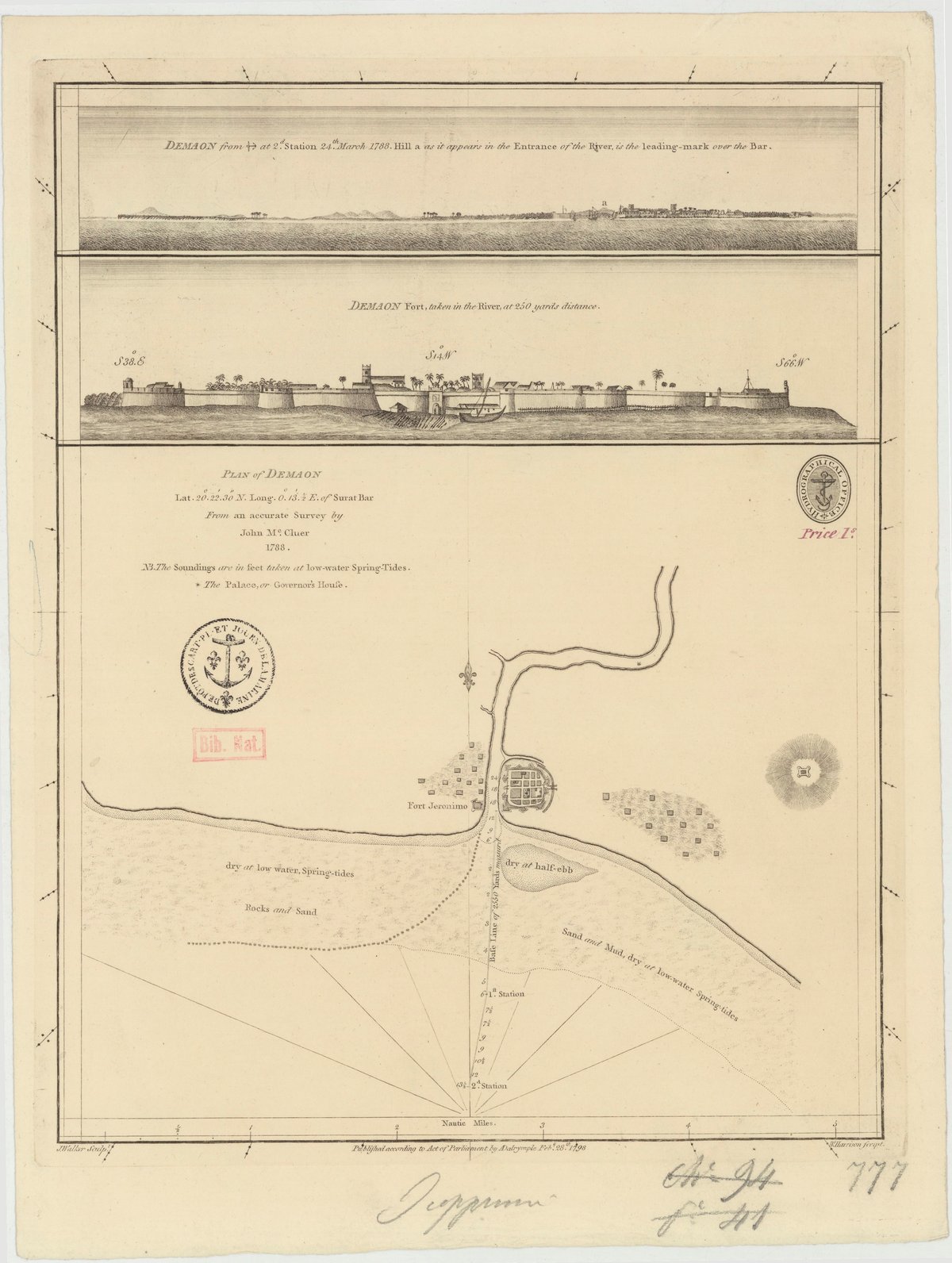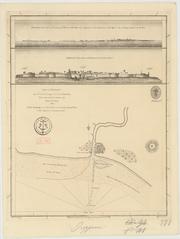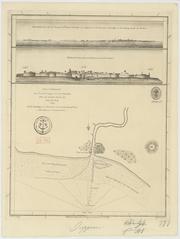
Visiting Nani Daman Fort: Tickets, Hours, and Historical Sites in Daman
Date: 23/07/2024
Introduction to Nani Daman Fort
Nani Daman Fort, also known as Fortim do Mar or Fort of St. Jerome, stands as a significant historical and architectural landmark in Daman, India. Built by the Portuguese in the 16th century, this fortification reflects their strategic military planning and architectural prowess. Constructed under the leadership of Dom Francisco de Almeida, Nani Daman Fort was crucial for maritime trade and defense against local rulers and European powers (Archaeological Survey of India). With its robust walls, bastions, and a moat, the fort was designed to withstand both land and sea attacks, showcasing typical Portuguese military architecture. Over the centuries, the fort played a critical role in regional conflicts involving the Marathas, Mughals, and other European colonial powers (Daman Tourism). Today, Nani Daman Fort is not only a testament to the region’s colonial past but also a popular tourist destination, offering visitors a glimpse into its rich history, architectural beauty, and cultural heritage. This guide aims to provide an in-depth look at everything you need to know before visiting Nani Daman Fort, including its history, visitor information, and travel tips.
Historical Overview
Early Establishment and Portuguese Influence
Nani Daman Fort, also known as Fortim do Mar, is a significant historical structure located in the coastal town of Daman, India. The fort’s origins date back to the early 16th century when the Portuguese established their presence in the region. The Portuguese, under the leadership of Dom Francisco de Almeida, first arrived in Daman in 1523. Recognizing the strategic importance of the location for maritime trade and defense, they began constructing the fort to protect their interests against local rulers and other European powers. The fort’s construction was completed in 1559, and it served as a crucial military outpost for the Portuguese. The fortification was designed to withstand attacks from both land and sea, featuring robust walls, bastions, and a moat.
Architectural Features and Strategic Importance
Nani Daman Fort is relatively small compared to other Portuguese forts in India, covering an area of approximately 12,250 square meters. Despite its size, the fort played a vital role in the defense strategy of the Portuguese. The fort’s layout includes three bastions, each equipped with cannons to defend against naval attacks. The bastions are named St. Jerome, St. George, and St. John, reflecting the religious influence of the Portuguese settlers. The fort’s main entrance is through a large gateway adorned with a statue of St. Jerome, the patron saint of the fort. The gateway leads to an open courtyard, which was used for various administrative and military purposes. The fort also houses a small chapel dedicated to Our Lady of the Sea, which served the spiritual needs of the Portuguese soldiers stationed there.
Role in Regional Conflicts
Throughout its history, Nani Daman Fort witnessed several conflicts and power struggles. The fort’s strategic location made it a target for various regional powers, including the Marathas and the Mughals. In the late 17th century, the Marathas, under the leadership of Shivaji Maharaj, launched several attacks on the fort in an attempt to expel the Portuguese from the region. Despite these efforts, the Portuguese managed to retain control of the fort due to its strong defensive capabilities and the support of their naval fleet. The fort also played a role in the broader geopolitical conflicts between European colonial powers. In the 18th century, the British East India Company sought to expand its influence in the region, leading to tensions with the Portuguese. Although the British never directly attacked Nani Daman Fort, the threat of conflict necessitated further fortifications and military preparedness by the Portuguese.
Decline and Transition to Indian Control
The decline of Portuguese power in India began in the early 19th century, as the British consolidated their control over the subcontinent. By the mid-19th century, the Portuguese presence in Daman had significantly weakened, and the fort’s military importance diminished. The fort continued to serve as an administrative center, but its defensive role became largely symbolic. In 1961, following a brief military operation by the Indian Armed Forces, Daman and Diu were liberated from Portuguese rule and integrated into the Indian Union. Nani Daman Fort, along with other Portuguese structures in the region, came under the control of the Indian government. The fort was subsequently repurposed for various administrative functions and opened to the public as a historical monument.
Visitor Information: Tickets, Hours, and Travel Tips
Visiting Hours and Entry Fee
Nani Daman Fort is open to visitors throughout the year. The visiting hours are from 8:00 AM to 6:00 PM daily. There is no entry fee, making it accessible to all.
Travel Tips
- Best Time to Visit: The ideal time to visit Daman is between October and March when the weather is pleasant.
- How to Reach:
- By Road: Daman is well-connected to major cities like Mumbai (170 km) and Surat (120 km). The nearest railway station is Vapi, about 12 km away.
- By Rail: The nearest railway station is Vapi, which is about 12 km from Daman. From Vapi, you can hire a taxi or take a local bus to reach the fort.
- By Air: The nearest airport is Surat Airport, located about 120 km away. From the airport, you can hire a taxi to reach Daman.
- Guided Tours: Guided tours are available and can be arranged through local tour operators or the Archaeological Survey of India. These tours provide historical insights and interesting anecdotes about the fort.
Nearby Attractions
While visiting Nani Daman Fort, you can also explore other historical sites and attractions in Daman:
- St. Jerome Fort: Another Portuguese fort located nearby, offering panoramic views of the Arabian Sea.
- Moti Daman Fort: A larger fortification that also dates back to the Portuguese era.
- Jampore Beach: A serene beach perfect for relaxation and water sports.
Accessibility
Nani Daman Fort is accessible to visitors of all ages. However, due to its historical structure, some areas may not be wheelchair accessible. It is advisable to check with local authorities for specific accessibility information.
Preservation and Current Status
Today, Nani Daman Fort stands as a testament to the region’s colonial history and architectural heritage. The fort is maintained by the Archaeological Survey of India (ASI), which has undertaken several restoration projects to preserve its structural integrity and historical significance. Visitors can explore its various features, including the bastions, chapel, and courtyard, gaining insights into the fort’s historical role and architectural design. The fort also serves as a cultural venue, hosting various events and exhibitions that highlight the region’s history and heritage. Efforts are ongoing to promote the fort as a tourist destination, with initiatives to improve visitor facilities and provide informative guides and displays.
Local Cuisine
After exploring the fort, indulge in some local cuisine at nearby eateries. Daman is known for its seafood, and you can find a variety of dishes such as fish curry, prawn fry, and crab masala. Some popular restaurants near Nani Daman Fort include:
- Hotel Princess Park: Known for its seafood and coastal cuisine.
- Daman Delite: Offers a mix of Indian and Chinese dishes.
- Veera da Dhaba: A popular spot for Punjabi cuisine.
Souvenirs and Shopping
Don’t forget to pick up some souvenirs to remember your trip. Local markets near Nani Daman Fort offer a variety of items such as handicrafts, shell jewelry, and traditional garments. The Nani Daman Market is a great place to shop for these items.
Summary and Key Takeaways
Nani Daman Fort serves as a remarkable symbol of Daman’s colonial history and architectural heritage. Through centuries of regional conflicts and power struggles, the fort has stood resilient, reflecting the strategic military prowess of its Portuguese builders. Today, it is a must-visit destination for history enthusiasts and tourists alike, offering a unique blend of historical, architectural, and cultural experiences. With no entry fee and accessible visiting hours, Nani Daman Fort is an inviting destination for all. The fort’s preservation by the Archaeological Survey of India ensures that its historical integrity remains intact for future generations to explore and appreciate (Archaeological Survey of India). Whether you are drawn by its historical significance, architectural beauty, or the cultural events it hosts, a visit to Nani Daman Fort promises a rich and memorable experience. For those planning to explore the fort, this guide provides all the essential information and tips to make your visit smooth and enjoyable. Don’t forget to explore nearby attractions like St. Jerome Fort and Jampore Beach to fully immerse yourself in the historical and scenic beauty of Daman. For more updates and travel tips, follow us on social media and download the Audiala mobile app.
References and Further Reading
- Discover the Rich History and Visiting Information of Nani Daman Fort, Daman, 2024, Archaeological Survey of India.
- Nani Daman Fort - Visiting Hours, Tickets, and Historical Significance, 2024, Daman Tourism.
- Plan Your Visit to Nani Daman Fort - Hours, Tickets, and Travel Tips, 2024, Daman Tourism.


